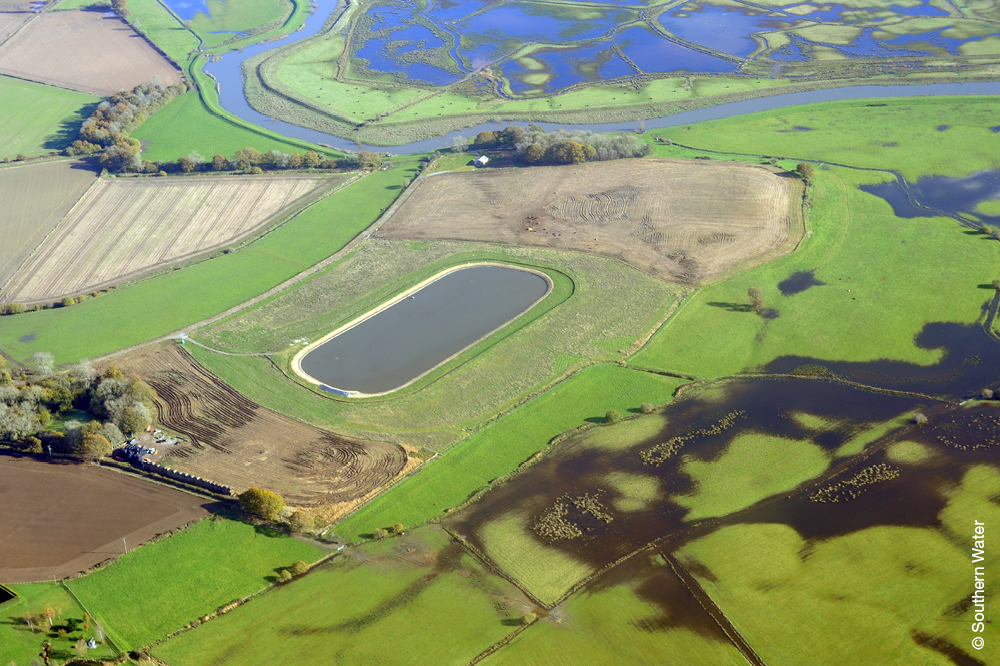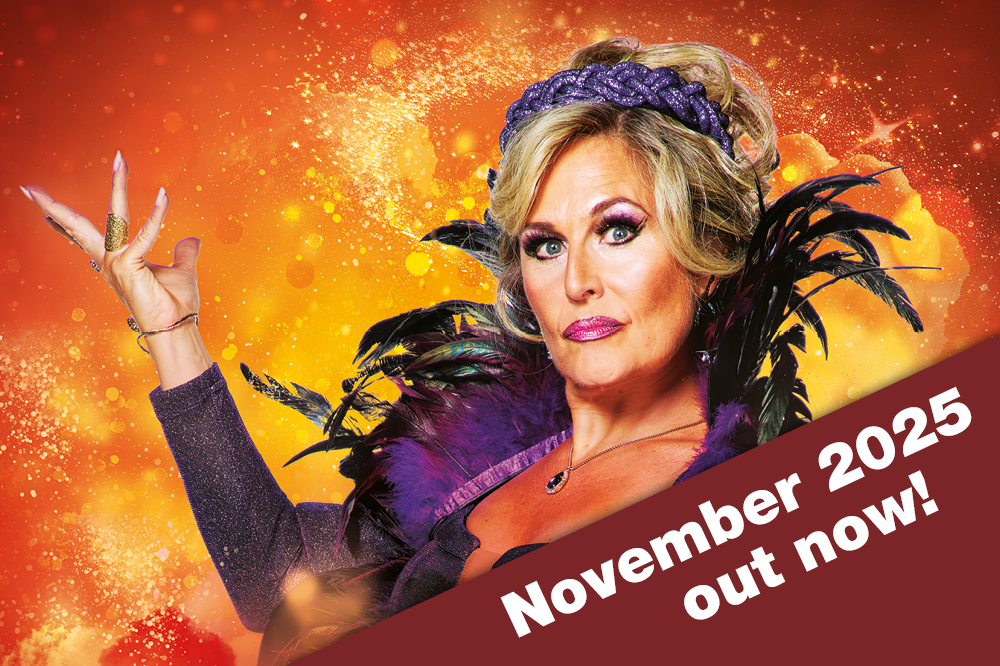Edition: November 2022
Water neutrality has been a hot topic for local councils in West Sussex since Natural England (the Government’s adviser for the natural environment in England) released a Position Statement in September 2021, requiring all new development in the Sussex North Water Resource Zone to demonstrate that it would be water neutral once built.

What is the council doing about this?
Doing your bit to help save water
Get a water meter. Simply contact your water supplier and ask them for more information. Use your water meter to understand how much water you currently use. This will help you see how much water you can save by making simple adjustments to your routine like turning the tap off when brushing your teeth or swapping a bath for a short shower. Oh yes, and fix that dripping tap. Use the dual-flush button on your loo if you have one. Cistern Displacement Devices are just a fancy name for something you put in the cistern (a hippobag, a water filled sealed plastic drink bottle) and can save around 1 litre of water with every flush. Does your cistern leak? You can find out by putting a few drops of food colouring in the cistern and if it appears in the pan an hour later, it’s a simple fix for a plumber. Only run the washing machine or dishwasher when it’s full. There are several off the shelf fittings available that will reduce your water consumption. Low flow aerated shower heads mix air and water and feel like a normal shower. Install a water butt to collect rainwater in your garden. Use a watering can rather than a hose whenever you can.
For more water saving ideas, check out Water's Worth Saving and Waterwise.
Read the latest edition
You may also like

Our Community Christmas
Events, unique shopping experiences, and cultural delights for everyone to enjoy this Christmas.

Horsham Town Community Governance Review
We recently undertook a consultation seeking views from residents, local businesses and community groups on whether Horsham Town Centre area should have a town council.

Celebrating Sussex food and drink
Our Sussex Six market showcased delicious street food and local produce.
